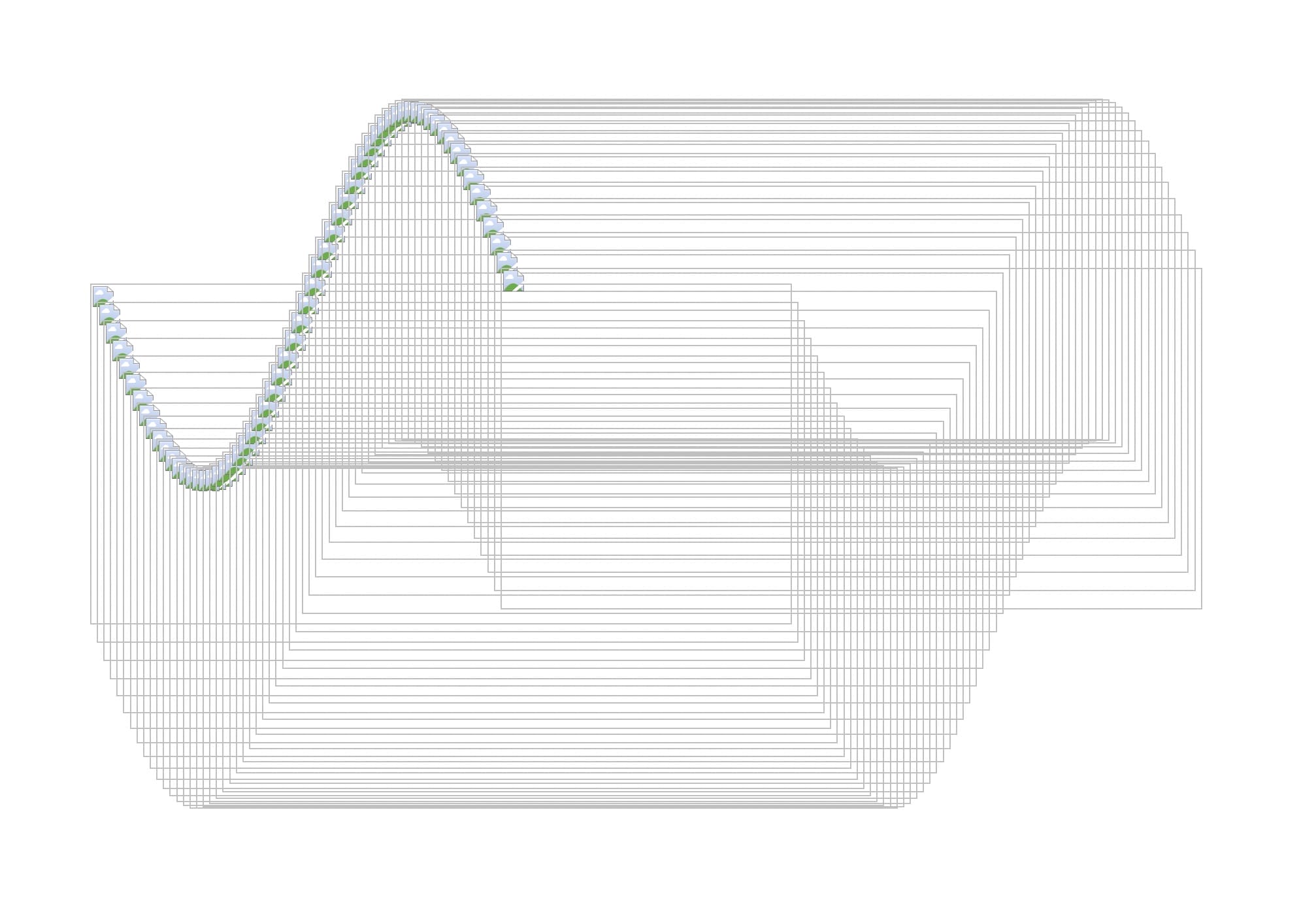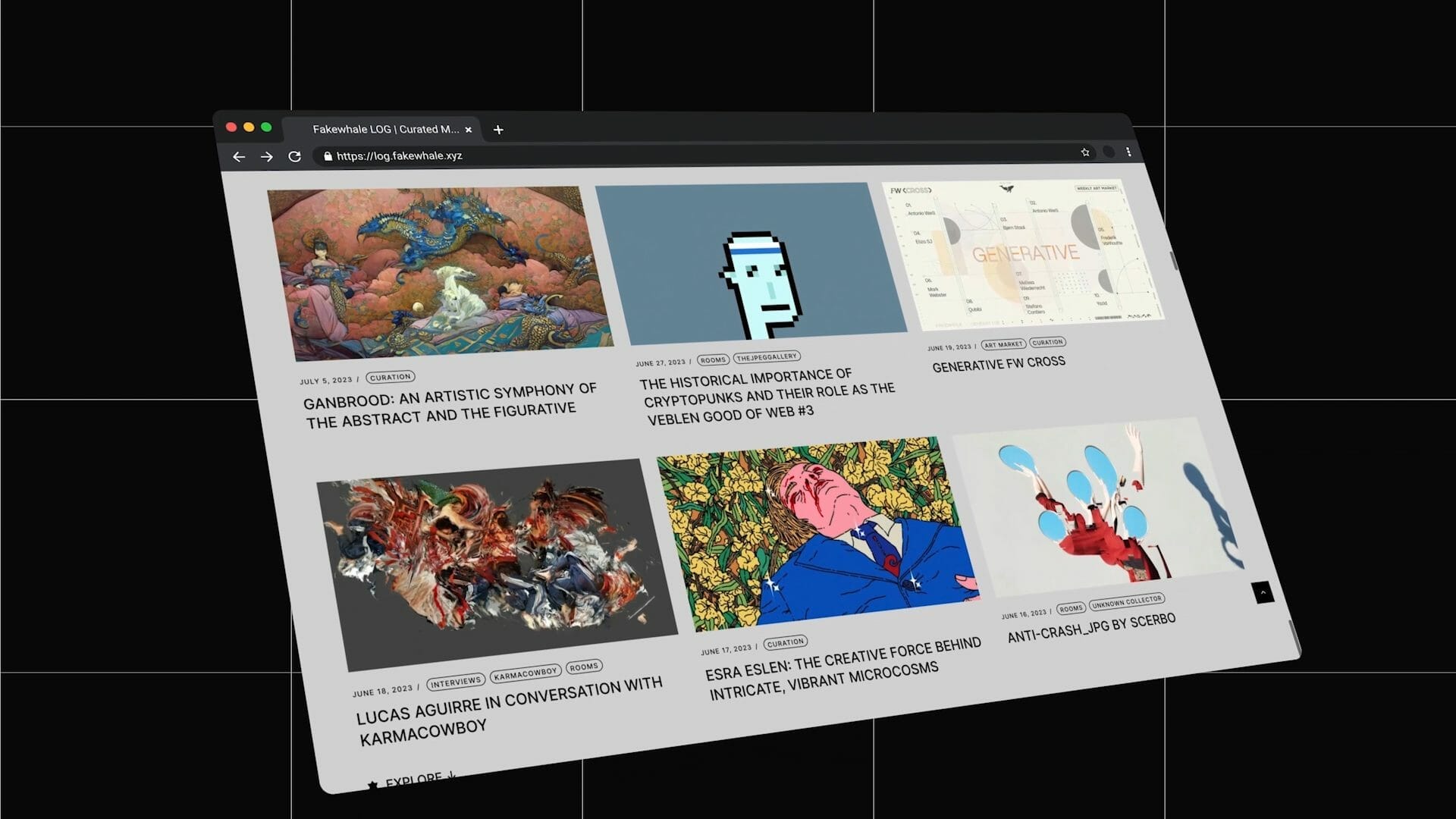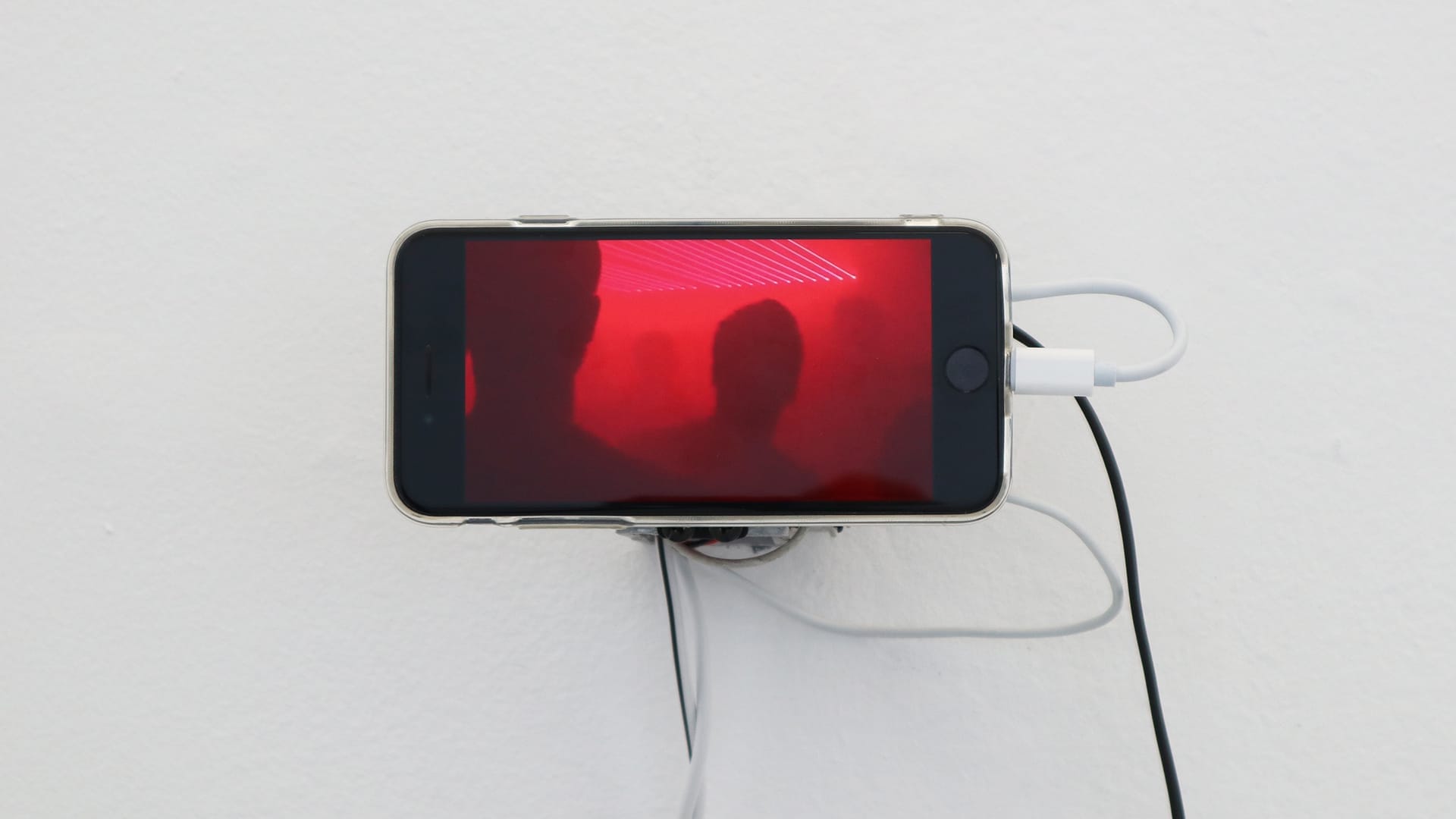
Jan Robert Leegte in Conversation with Fakewhale
Jan Robert Leegte, renowned for pioneering digital and net-based art, blends technology with art to create unique experiences. Starting in the late 90s, he’s known for his diverse mediums, from web-based installations to NFTs. His work, influenced by digital evolution and historical art forms, explores the dynamic relationship between human consciousness and digital mediums. Jan’s art showcases in various contexts, reflecting his commitment to the fluid nature of digital creativity.

Fakewhale: What was your first memory of a work you produced?
Jan: That is a hard one. There is this big blur of works made at the art academy. I made lot of physical works, installations, performances and early browser based works. I can highlight just one, Scan, 1997. This was a JPEG blown up and slowly scrolling diagonally. You could recognize an eye in the work, but it was just abstract enough to be a kind of landscape as well. The work was trying to show the beauty of JPEG compression. This work is the very first predecessor of JPEG, a generative NFT series I released in 2022.
Fakewhale: When and how did you realize that the Internet could be a fundamental inspiration for your work?
Jan: That was also in 1997. I have been interested in computers since childhood, and was experimenting with them at the academy. But it was using FTP to upload my first HTML experiment to a webserver for the first time, which was a watershed moment for me. At that moment I understood the power of browser-based work. This was a medium that was public 24/7, available worldwide. It resembled a sculptural space, which I would coin ‘net installations’, was interactive and most of all, brand new in all its unique weirdness and peculiarities. An extension of sculpture that was practically unexplored. I never looked back again.
Fakewhale: Who are the reference artists for your work, and how have they directly or indirectly influenced your production?
Jan: My work has always been about trying to understand the phenomena of software. How do I as a human consciousness with a body relate to this new materiality? A lot of this kind of work has been done in the 60s and 70s questioning the physical space. Artists like Bruce Nauman and Dan Graham were specifically influential during art school. I recall Performance / Audience / Mirror by Dan Graham blew me away. The work still is very relevant as a road map to engage with the phenomena of the computer experience. When I started making my first online pieces, I quickly ran into artists also working online like JODI, Mouchette, Debra Solomon, Alexei Shulgin, Olia Lialina and Peter Luining who became cornerstones to which I could relate my early work.

Fakewhale: What is the relationship between your work and physical space in general? Have you ever felt the need to move towards a production that is physically present in a space, and moreover, how does this process of comparison between physical space and the work influence you while working?
Jan: My practice is very hybrid. I make websites, NFTs, software and apps. But also video installations, sculpture, murals, drawings, prints and audio works. With my background in architecture and sculpture my work is thinking in terms of space, objects and the experience of the observer. My fascination goes out to the experience of software, but I express this in many different disciplines. I love the browser as a platform for work to be native to. But as soon as a spatial presentation is involved, the space becomes central to the work. Therefore I can not just put a net-based piece on a screen on a wall. You have to start over from the new context. This leads to all kinds of new expressions, which are very helpful in learning what software is about. For example, the online work Scrollbar Composition (2000), became a series of installations with the same name. The latest iteration is the one from 2017. The work is quite different, as it is a mapped projection on a wooded construction. The work really engages with the space and lets you see the scrollbars as physical sculptural objects. I love how these moves from screen to space lead to new steps in the process.
Fakewhale: Is the way the aesthetics of the web become part of your work a stylistic/aesthetic choice, or is it more a conceptual reference detached from any type of aesthetics?
Jan: Mostly I work with the defaults of software. I love how the materiality of software is fluid. Due to the constant updating of operating systems and software, the basic materials (windows, UI elements, scrollbars, etc.) are in transformation. This is a truly unique characteristic of software as a medium. So often in the works I make the aesthetics of the work change over time. The pieces are shape-shifting outside my control, but submitted to the environment they live in. A bit like a designed garden that shape shifts continuously through the seasons. This has made me very aware of software aesthetics, and in back informs me in how to use them.
Fakewhale: If you think about the best possible ways to enjoy your work, what do you imagine? How do you see the future of post-internet era galleries?
Jan: As mentioned earlier, I work in a wide variety of media and do not shut out any others in the future. Best is to see the works in the contexts they have been made for. Enjoy browser-based work from your laptop at home, spatial work in a gallery or art space. Land art outside, Public interventions in the public space.

Fakewhale: How do you relate to the history of art, especially ancient art? Are there any intentional or unintentional references in your work to historical episodes, trends, or aesthetics of the past?
Jan: Window, an NFT series I released early 2022, specifically references sculptures created in bas-relief going back to stone carved petroglyphs in the accompanying text. In my work I have often related the beveled interface grey aesthetics of the 90’s to ornamentation in architecture, alpine sgraffito techniques, trompe l’oeil and chiaroscuro. History in art is core to my practice. It is the life-line I use to progress into the unknown territory of the digital. I use art history as a logic and method to dissect this new experience. My works are packed with layers of references to art history, not to be smart, but to give myself and the viewer something to navigate this territory, something we know.
Fakewhale: When you provide an on-chain version of your work, is the NFT minting process integrated within the structure of the work?
Jan: Not always. I am still discovering how the participatory element of engaging with NFTs can be explored more. Web (2023), was the most elaborate work in that sense. It introduced a network of webpages in the dark to be explored by the audience. This process was embraced by thousands over a couple of days. The project also offered the ability to bookmark, which created more interaction, leading to a highly compressed auction. I really enjoyed this public effort that became central to the work itself.
Fakewhale: How do you subvert the conventional way of exhibiting a work? Do you consider the use of the Internet for presenting your works as an intentional statement and a conscious renunciation of a physical component? (excluding metaphorically the notion that the act of viewing an image is already a physical act).
Jan: I don’t see much difference between the two. As you say, viewing a work on a screen is phenomenologically the same as viewing a painting on a wall. The difference is in the materiality and the context. That is what the work is about. So I really value work being online and being valued as such. As I value spatial work in the gallery context. I really do not see the point in hanging a bunch of screens in a space to show internet art. That is nearly always done sloppily and a deception. If done right, you really include the context. A great example is Aram Bartholls Speedshows. For this he would rent all computers for two hours in an internet cafe (hardly exist anymore), put up a series of net art works, and through an opening. After the 2 hours, the space would resume to being a public internet space.
Fakewhale: How do you manage the archiving of your past works? Do you ever rework them into subsequent pieces? How do you view the future of blockchain and NFTs in this context? Does the idea that everything is always available and archived over time with this kind of eternal transparency intimidate or fascinate you?
Jan: I have all my work on file. Every now and then I revisited them, and sometimes that leads to an iteration of the work. I love these steps, they feel like adding to the fluidity of the materiality of software, of life itself and oneself. This way the works change over time, leaving a trace of the contexts of the past. The idea that blockchain freezes works forever is partly a myth. And it could lead to a lot of work breaking. But we’ll see. The technology is here, it is the current step in the evolution of the Internet, and a context to work within, if you like it or not.
fakewhale
Founded in 2021, Fakewhale advocates the digital art market's evolution. Viewing NFT technology as a container for art, and leveraging the expansive scope of digital culture, Fakewhale strives to shape a new ecosystem in which art and technology become the starting point, rather than the final destination.
You may also like
Fakewhale Presents FW LOG – Curated Media
When we founded Fakewhale, our main objective was to create a permanent collection that could docume
Mark Manders: The Architecture of Identity
Born in Volkel, Netherlands, in 1968, Mark Manders is a distinguished Dutch artist renowned for his
Lewis Henderson, “No One Is Bored, Everything Is Boring,” at Galleri Mejan, Stockholm.
“No One Is Bored, Everything Is Boring” by Lewis Henderson, at Galleri Mejan, Stockholm,






